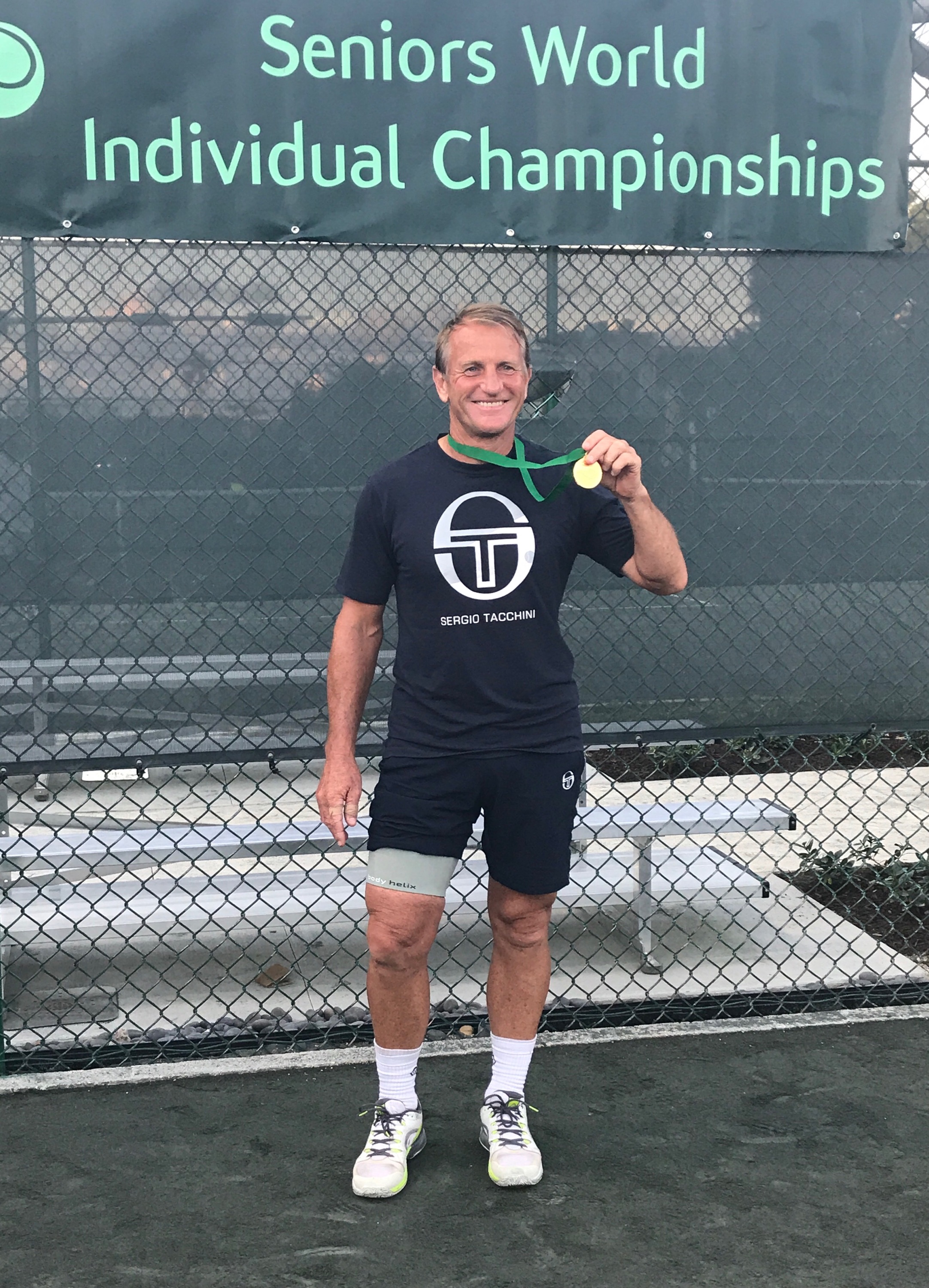Hey,
@Chalkdust I know you earlier in the thread said that having age divisions within NTRP divisions is dumb, and there have been a few responses after that. I do want to expand on this a bit though, and while I can see why it might have been done, I'm not sure that the way it has been done is best.
In my opinion, NTRP can't be the same measurement used throughout player's lifetime. At my age, which is 60, opportunities to play singles are extremely limited. They were better in the past, when the 40+ leagues had two singles lines but now with only one singles, only the higher 4.5 players are going to be competing. At age 60, there are going to be way more players who can be 20 years younger that are higher on the 4.5 spectrum than me. 55+ advancing leagues are doubles only. So while I'm playing at a mid-4.5 level in singles against players of all ages, my NTRP is going to be based primarily on doubles at which I'm less proficient. So while I'm still pretty competitive against 4.5's of any age on the singles court, I'm expecting to be bumped down to 4.0 soon because all of my league results, outside of tournament play, are based on doubles. There's also the flip side of older players still play great doubles but are mobility limited so that they could never compete at singles at the same level. Age related decline and lack of opportunity create greater a lot more players at the fringes of the rankings - the opposite of the bell curve.
The other thing that is partly along these lines is that as players get older, they get way more susceptible to a player that can do one thing well. Whether that's serving huge or just having a better than typical drop shot. These things don't pick on lack of skill or technique - they prey on physical decline that is unavoidable and inevitable.
So I think I understand the initial rationale in creating these divisions. Let the tennis be more about the actual tennis and less about physical decline. But I also think three categories is too much, especially in areas like ours where leagues are going strong but tournaments are just not popular. It may be for these reasons. I know that at our club, we used to have one tournament where adults and juniors competed together but the adults didn't like the competition against juniors, even if they won. On the face of it, that's not a reasonable viewpoint. A lot of players don't like playing defensively oriented players who just get everything back, but we have to do it. Here, there is a way out. USTA isn't the only game in town and so I think they may have felt they had to placate these adult players.
There are almost no UTR tournaments in the Pacific Northwest so I don't know how well that system works for players of widely varying ages. I've been competitive with UTR 8's on the singles court but my UTR has been as low as in the middle 5's this past year and as high as the middle 7's, all with me playing three age group tournaments and one USTA league match.
I don't know if
@schmke has written on this issue or not. Seeing how the three age group thing hasn't worked, maybe they could make it two - an 18+ and a 50+, and then try to get tournament organizers to hold 50+ events by offering incentives to see if it can become a thing.

